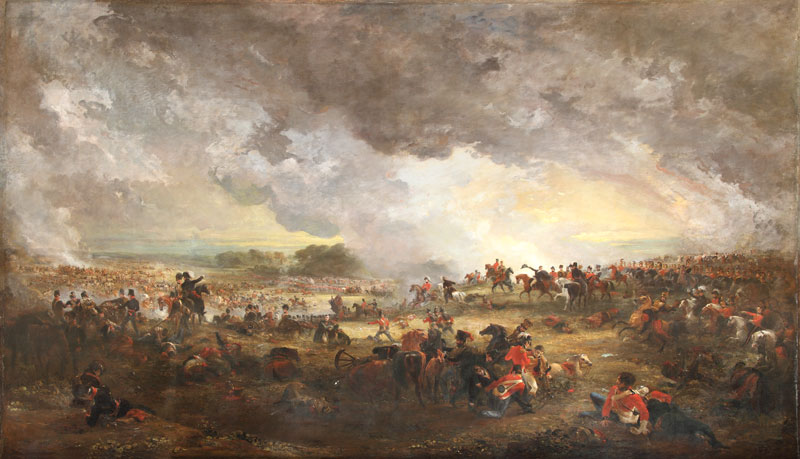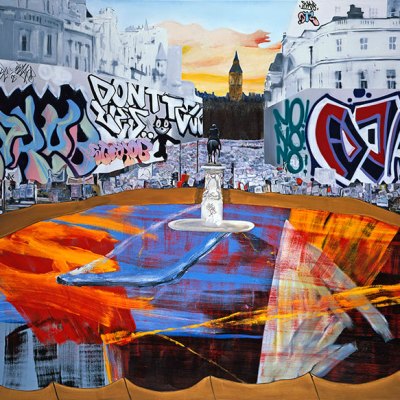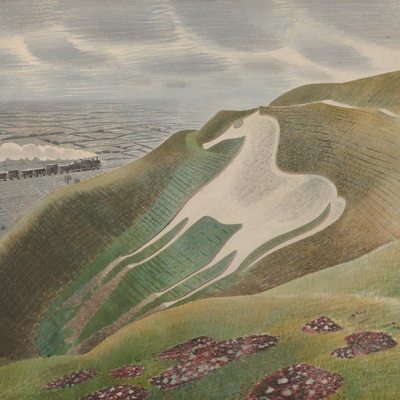A round-up of the week’s reviews and comment
Baltic Diary: Making Art Work in Finland (Tom Jeffreys)
Hard work, innovation, the knowledge economy, tourism: this is the neoliberal future. The welfare state is over.
The Taste of Victory: British artists and Waterloo (Martin Oldham)
The British know a thing or two about military tragedy. The death of Nelson, the Charge of the Light Brigade, Dunkirk – we honour our fallen heroes, acts of reckless bravery and valiant retreats. But celebrating victories? Is that the British thing to do?
‘BMW Tate Live: If Tate Modern was Musée de la danse?’ (15 and 16 May 2015) Photo: Olivia Hemingway ©Tate Photography

Where is performance’s place in museum collections? (Bryony White)
[The] increasingly frequent inclusion of performance within museums is transforming the very concept of collecting institutions. With the establishment of dedicated departments in galleries such as Tate, MoMA and FRAC Lorraine, performance is not only a regular highlight of gallery programming, but is successfully muscling its way into collections themselves.
‘Les trois monuments’ at Waterloo, with the Butte du Lion in the centre, in a Photochrom print of c. (1890–1905). Source: Wikimedia Commons

The long wait for Britain’s Waterloo memorial (Gavin Stamp)
One of the bloodiest battles in European history was fought 200 years ago, on 18 June. If you visit the site today, near the village of Waterloo to the south of Brussels, there is little tangible evidence that Great Britain was on the winning side, or that the victorious commander was the Duke of Wellington.




